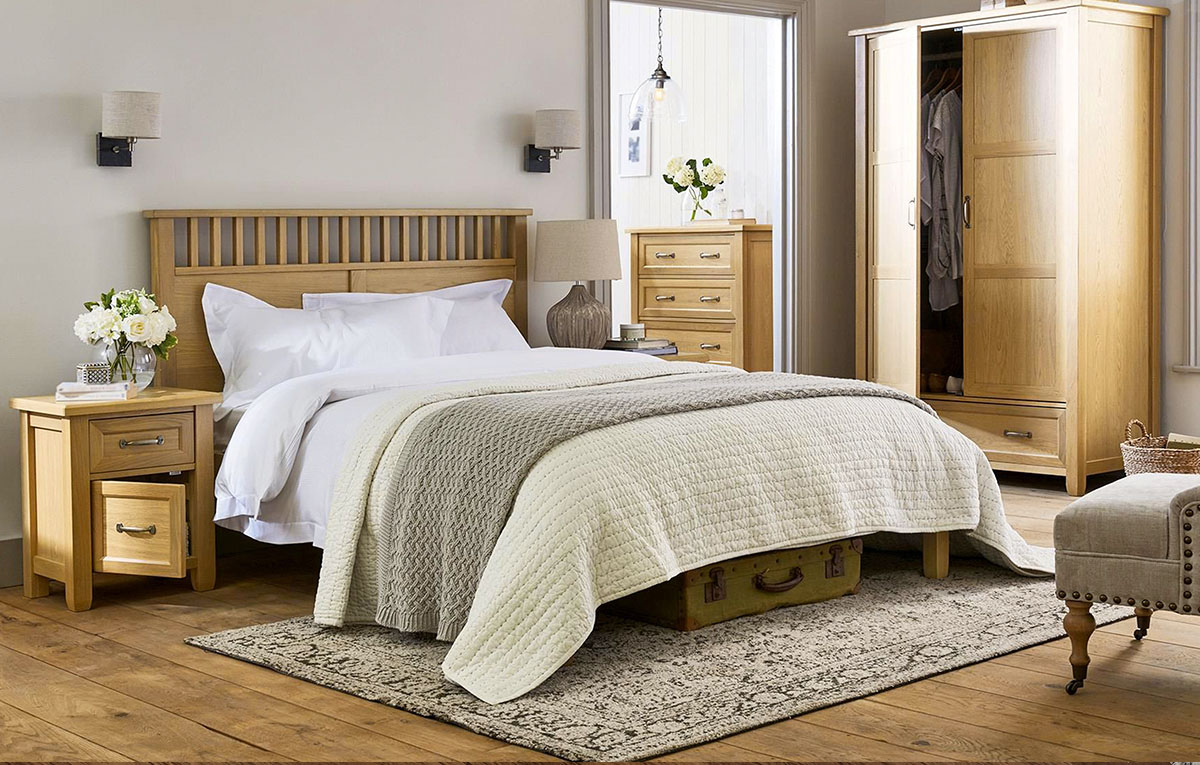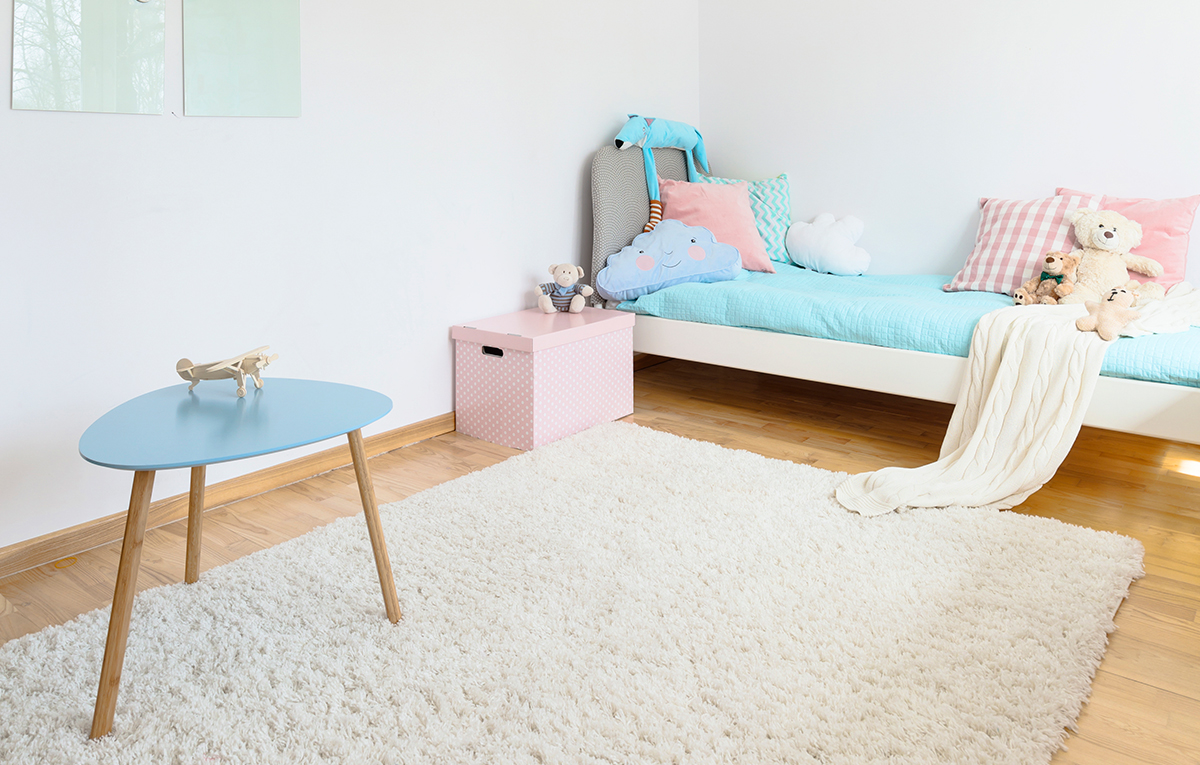Learning about Different Carpet Fibre and Pile Cut Styles

Learning about Different Carpet Fibre and Pile Cut Styles
August 18, 2022
|
Carpet is often made from different fibres, spun into yarn and then tufted, looped, or knitted into a rug. The most common natural fibres used in carpeting are wool and cotton, while the most common synthetic fibres are polyester, nylon, and polypropylene.
Each type of fibre has its benefits and drawbacks, so it's essential to choose the right one for your needs.
1. Cotton
Natural fibre from the cotton plant is called cotton. It is a supple, absorbent fabric that is frequently used to make garments, towels, and bedding.
Cotton is a hardy textile that retains its form and colour after washing and drying. It is not, however, as damage- and stain-resistant as other synthetic fabrics.
2. Acrylic
Because it delivers the feel and appearance of wool at a fraction of the cost, acrylic is occasionally sold as "synthetic wool." Acrylic is also resistant to static electricity, dampness, mildew, fading, and staining.
3. Wool
Wool is the most expensive of the three natural fibres. They are also the most durable and resilient. Wool carpet is resistant to crushing and matting, and it's also stain-resistant. However, wool carpet may fade in sunlight and is not as easy to clean as nylon or polyester.
4. Nylon
Nylon is a very popular type of carpet fibre because it is soft, durable, and resistant to stains and abrasion. Nylon carpets are usually affordable and can last 12 to 15 years if they are cared for well.
5. Polypropylene (Olefin)
Another widely used carpet fibre is polypropylene, which is virtually as soft as nylon and is widely used in residential settings.
Also referred to as olefin, polypropylene fibres are similar to natural wool and are frequently used as a synthetic wool substitute. Although exceptionally stain-resistant, this fibre is prone to soiling and retaining oils, which attract dirt.
It is, however, relatively simple to clean—in some circumstances, bleach can even be employed. Since polypropylene is less robust than nylon, loop-style carpets like Berbers sometimes utilize nylon instead of polypropylene.
Cut Pile
A carpet with a cut pile has its exposed fibres sheared off. This often results in comfortable, soft, and simple-to-maintain carpets. By altering the angle at which the loop is sheared or by applying different treatments to the thread both before and after it is put into the backing, numerous styles can be achieved.
1. Saxony Pile
Saxony pile designates a specific cut-pile carpet with very soft and dense fibres. The relatively short threads stand straight up and down to generate a luxuriant, fuzzy surface. The disadvantage of this design is that such strands are easily broken by feet and vacuums, leaving marks on the surface.
2. Plush Pile
The relatively short, closely packed strands in this type of carpet produce a rich, luxurious appearance. It can, however, be readily harmed by foot traffic or other signs of wear and tear because it is so sensitive. As a result, it works best in opulent, low-traffic areas.
Conclusion
Carpet fibre and pile cuts are important considerations when purchasing a new carpet. Fibre type will affect the feel of the carpet and how well it wears, while pile cut will affect the appearance and durability. Understanding the differences between the various types of fibres and cuts will help you make the best decision.
Discover a large selection of high-quality carpets and decorative area rugs for your living room, bedroom, nursery, staircase, and hallway at Global Carpets. Our carpets are made to fit a variety of client lifestyles. Whether you have pets, children, or both, we make caring for your carpet a snap.











